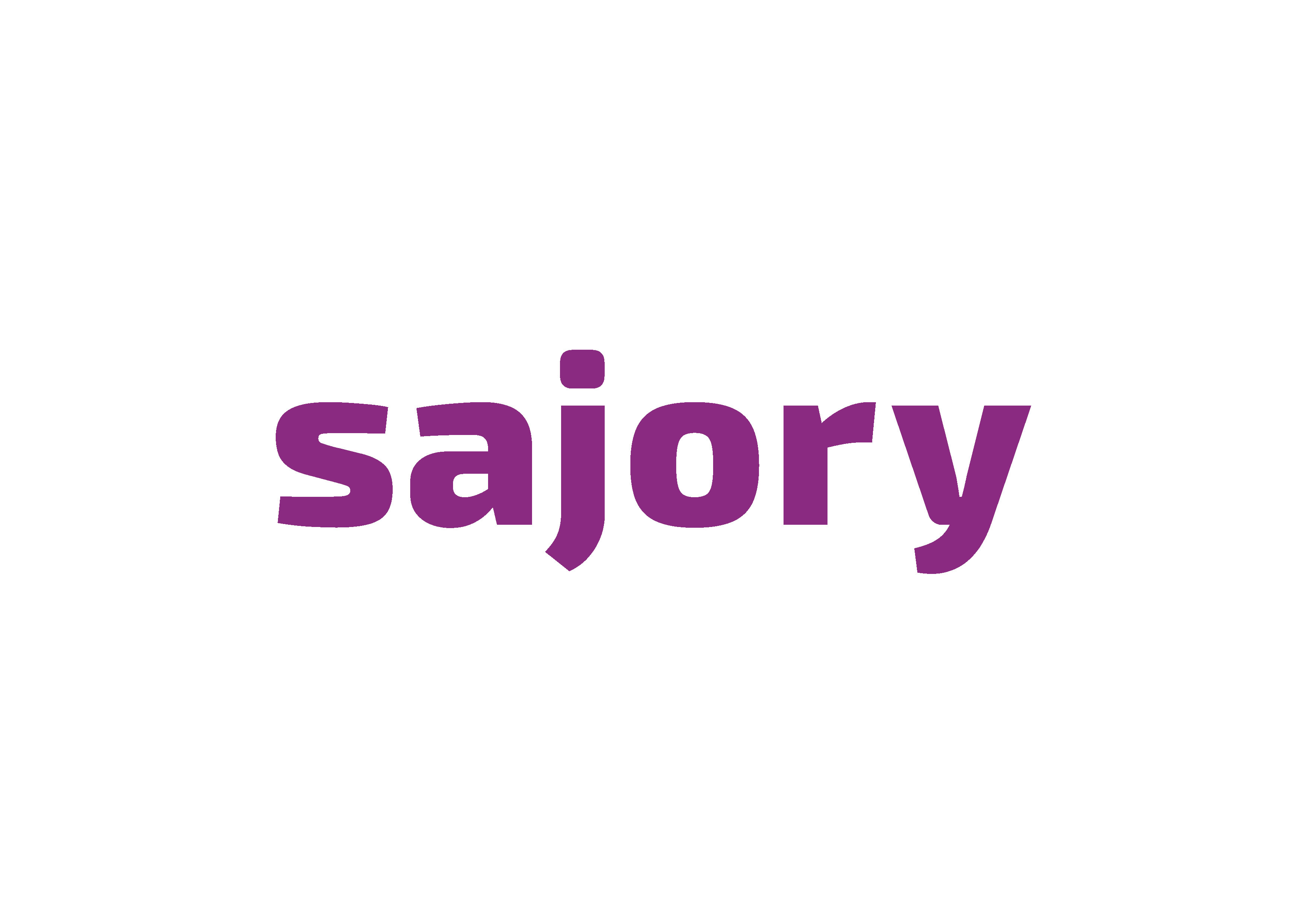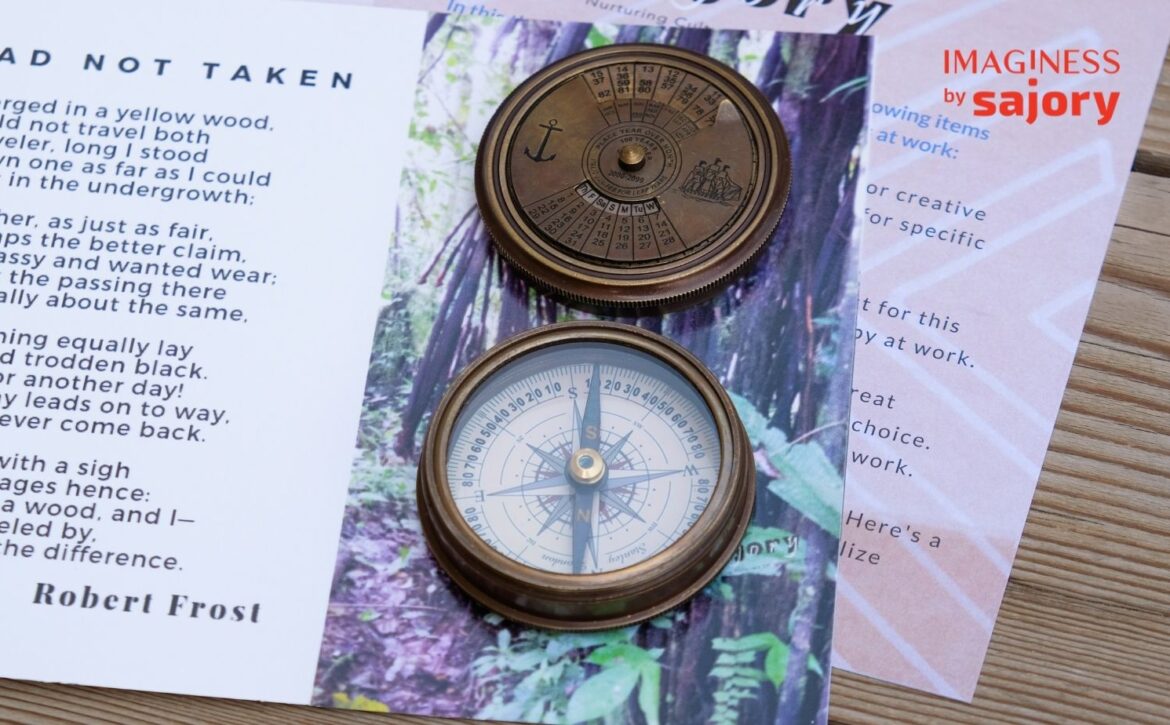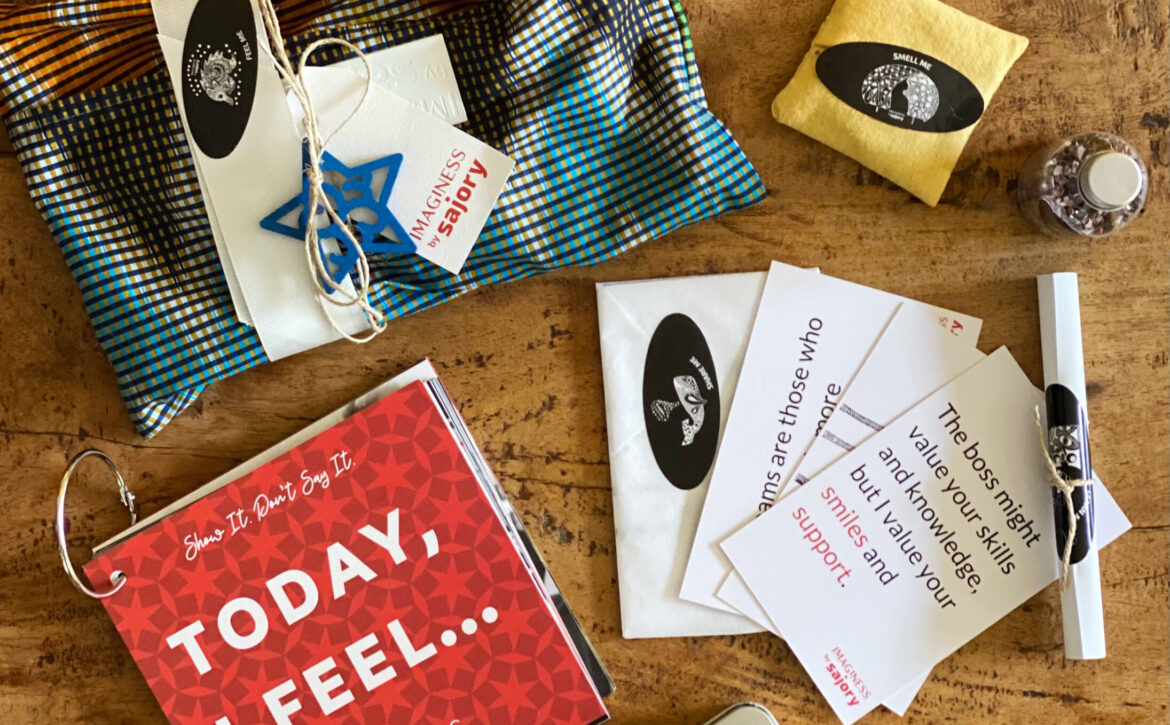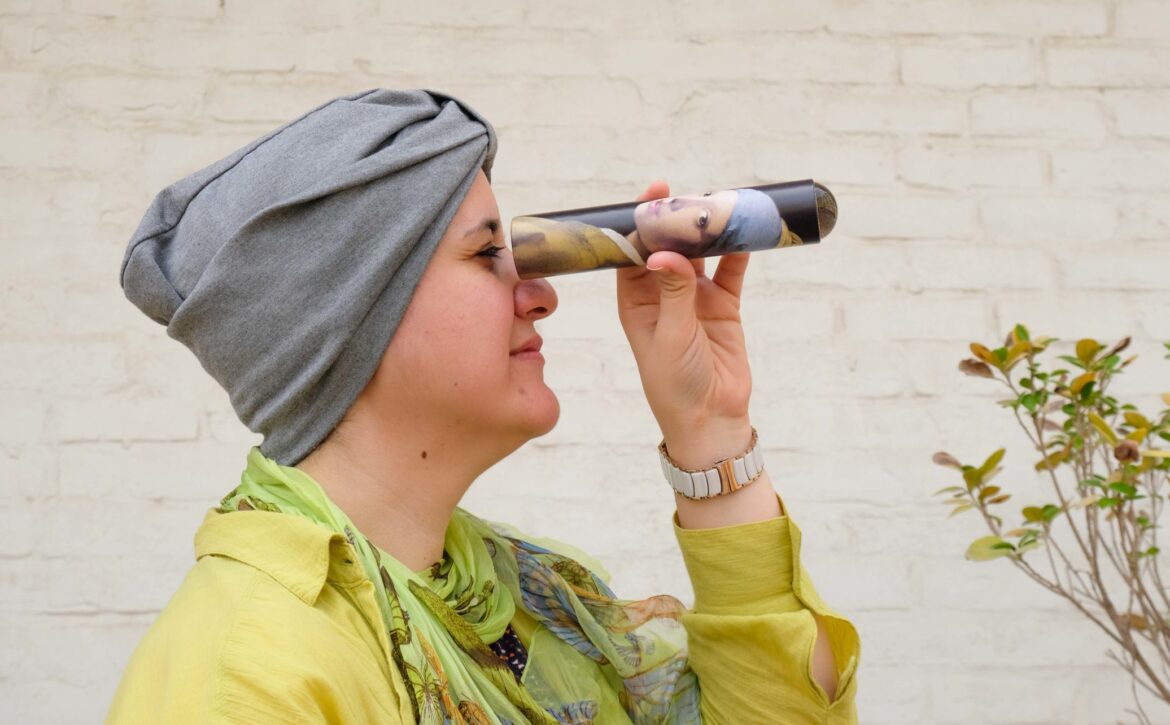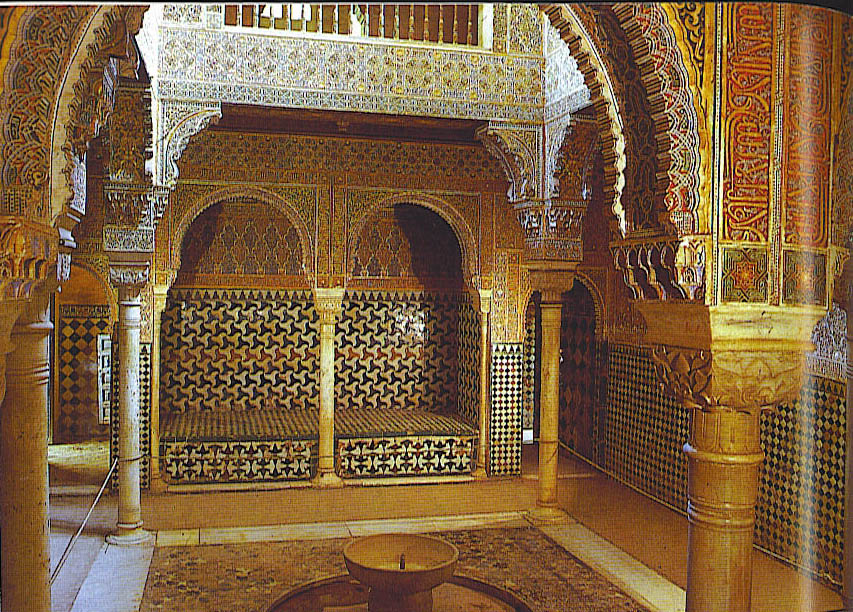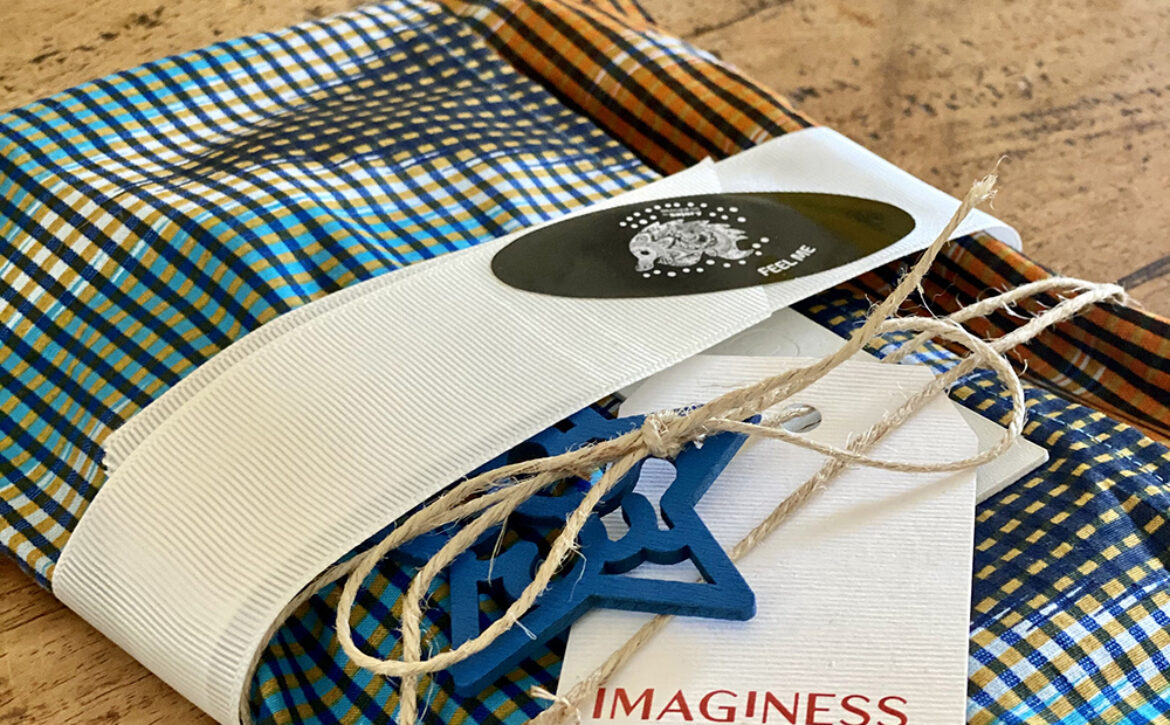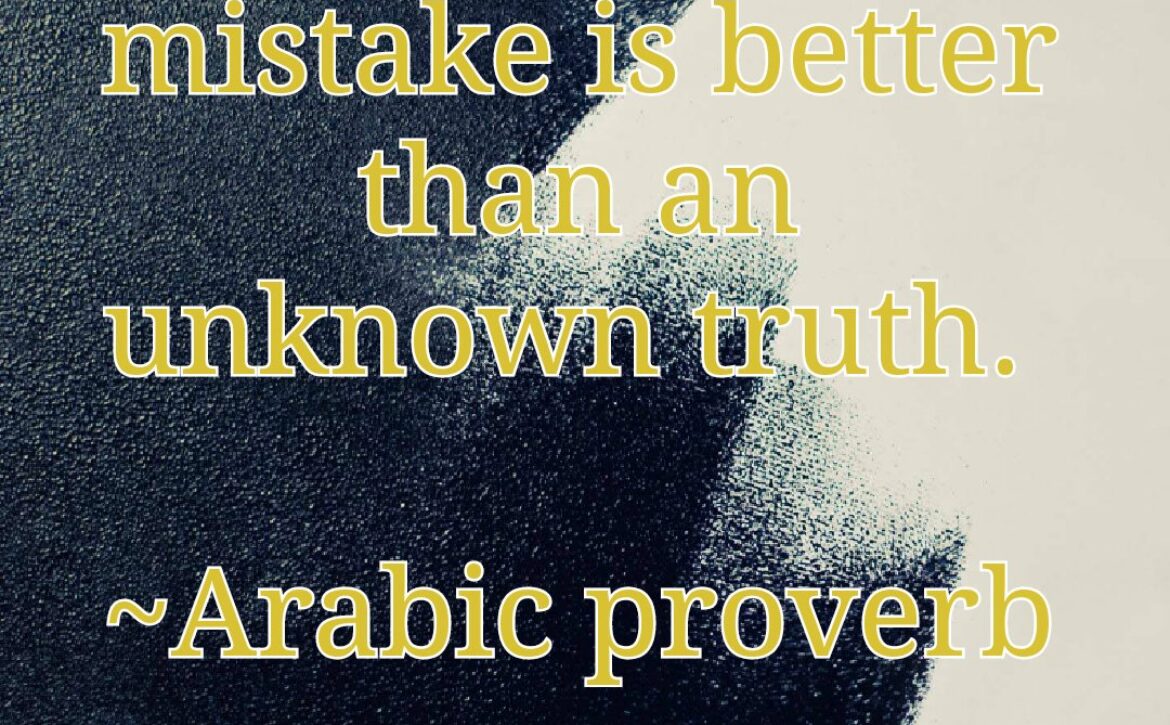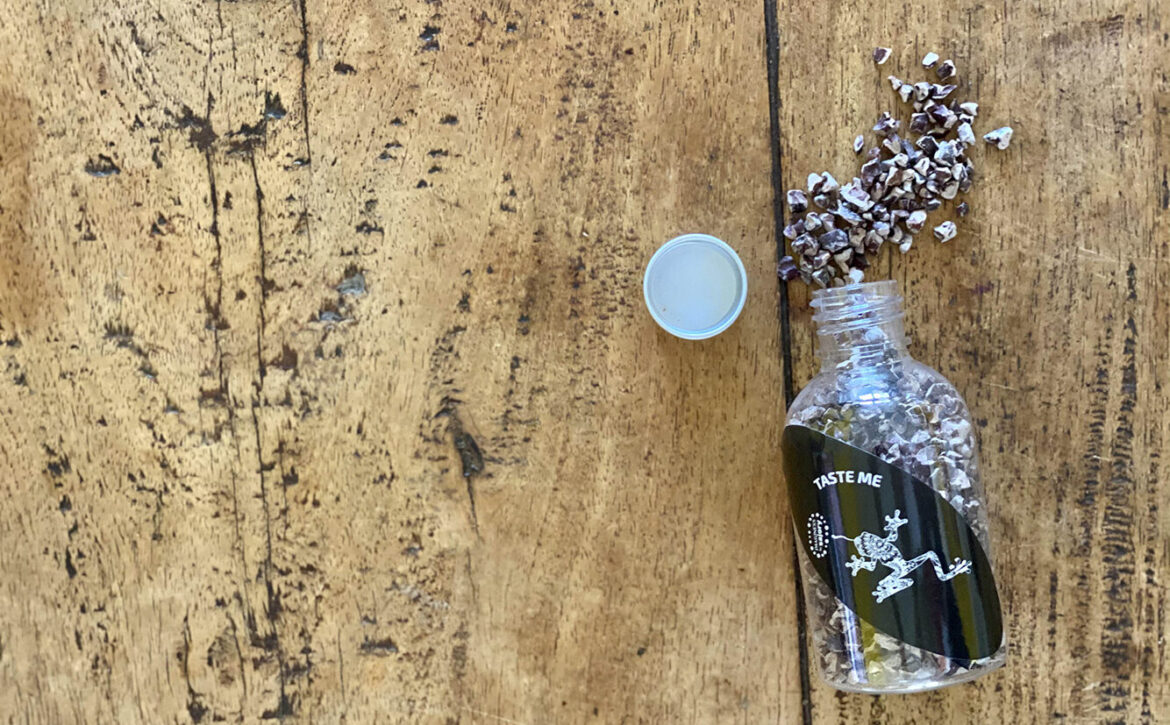Finding our way through the chaos
I was trying to find my way in this new world. We all go through phases when earth shifts under us and we try to find a solid landing to be our creative selves again. Some people call it mid-life crisis. Others call it the second coming of age.
I disappeared for 2 weeks. No diary posts and limited linkedin shares. You noticed.
I’ll try to make up for it with a diary post that helps design a more creative mindset in your workspace, even if you’re not quite settled yet. I’m sharing advice while trying them out myself. So far so good.
Here are 3 things we can start doing to get our foot planted in a creative shifting ground.
- Find an anchor to remind you of what makes you strong and creative. This would be a physical object that you place in front of you on the desk, hang on the wall or keep in your pocket or bag to continuously touch through-out the day. The idea is to anchor your goal or remind to stay in the moment throughout the day. For me, a framed calligraphic sentence of a phrase my dad used to say to me: “You are up to it, and you can do it”. In Arabic, “انت قدها و قدود”. I’m also searching for another symbolic item to keep in my bag and place on my work station wherever I go. Do you have suggestions?
- Keep your creative fluency sharpened. Ideation helps the dopamine kick in your brain making you, not only happy, but also ready to solve problems. The important part is to fire up those ideas rigorously and in the shortest amount of time. No hesitation to judge an idea good or bad. To practice ideation, start with a 10-ideas quota per day and set the timer for 7 minutes. Come up with ideas that save the world or save your lunch. The intention here is purely ideational. You can increase the intensity with additional number of ideas or less time frame. My plan today is to come up with a list of 15 unusual things my family can experience in a summer vacation. What does your list look like?
- Bring music along. There’s nothing fun about running errands, doing chores, or for some of us, completing a workout. Yet adding a musical element to it, and an internal challenge to finish the task before the song finishes, can kick the boredom out of it, or intensifies its effect. We gain an unfair advantage when we put aside our doubtful thoughts and instead turn them into a home-made dramady or action movie. I’ve started working out on classical music (unexpected, but somehow intriguing), and found laser focused energy doing strategy work while standing in front of a table with a huge world map and a surrounding fast-paced instrumental music. Whatever you listen to, try listening to it in a different context or experiment with new tones to complete unrelated tasks. Be ready to be surprised. What music can you suggest I explore?
Remember what Confucius once said: “wheresoever you go, go with all your heart”.
I can’t wait to hear about all your experimental stories.
Good luck mavericks,
Randah Taher

